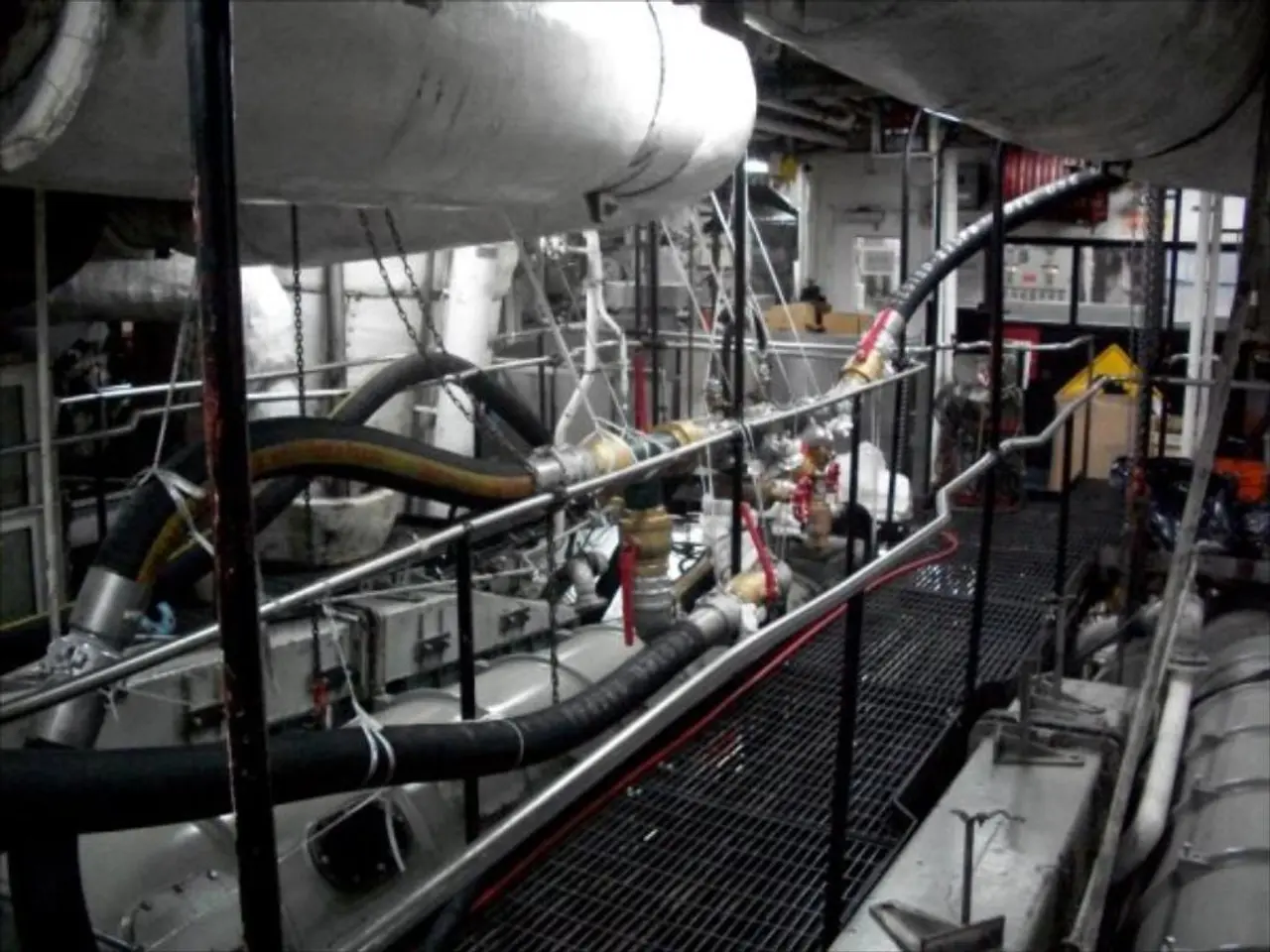Manipulating ENIG Black Pad Issues: A Workaround Guide
**Addressing Black Pad Defects in ENIG PCB Surface Finishes**
Black pad defects, a common issue in the electroless nickel immersion gold (ENIG) process, can significantly impact the solderability and reliability of Printed Circuit Boards (PCBs). This article explores the causes of black pad defects and practical solutions to mitigate their occurrence.
### Understanding Black Pad Defects in ENIG:
1. **Nickel Oxidation**: High temperatures or humidity during manufacturing or storage can cause oxidation of the nickel layer, leading to a black appearance and reduced solderability.
2. **Contamination**: Contaminants during the electroless nickel deposition process can result in uneven or incomplete coverage, increasing the risk of oxidation.
3. **Improper Etching**: Over-etching or under-etching can expose the nickel layer to air, facilitating oxidation.
4. **Insufficient Gold Layer**: An inadequate gold layer may not effectively protect the underlying nickel from oxidation.
### Overcoming Black Pad Defects in ENIG:
1. **Process Optimization**: Controlled temperatures and humidity levels during manufacturing and storage can prevent oxidation and improve the quality of the ENIG finish.
2. **Improved Gold Plating**: Adequate gold layer thickness is crucial to protect the nickel layer from oxidation. In some cases, a thicker gold layer may be necessary.
3. **Enhanced Cleaning and Etching**: Rigorous cleaning and etching procedures can remove contaminants and ensure uniform nickel deposition.
4. **Alternative Finishes**: ENEPIG (electroless nickel, electroless palladium, and immersion gold) is an alternative surface finish that offers improved resistance to black pad defects due to the additional palladium layer.
5. **Quality Control**: Strict quality control measures can help detect and address black pad defects early in the manufacturing process, ensuring the surface finish meets specifications.
### The Role of IPC-4552 and Revision A:
IPC-4552 specifies the thickness of the electroless nickel layer (3 to 6 μm) and immersion gold layer (0.075 to 0.125 μm). Revision A focuses on the resistance of the electroless nickel layer to corrosion due to poorly controlled plating processes during the immersion gold stage.
### Addressing Nickel Corrosion Issues:
1. **Cyanide-Free Immersion Gold Chemistry**: The use of cyanide-free immersion gold chemistry can improve deposit composition uniformity and help ENIG products conform to important quality requirements.
2. **Phosphorus Content Control**: High phosphorus content can potentially cause black pad, as it remains behind when nickel dissolves. Regular measurements and control of phosphorus content can help prevent this issue.
3. **Gold Bath Management**: Controlling the gold bath, maintaining the pH level, and verifying ENIG providers' baths and processes can help manage the risk of black pad defects.
By understanding the causes of black pad defects and implementing effective solutions, manufacturers can maintain high levels of quality and reliability in their ENIG PCB surface finishes.
To address black pad defects in data-and-cloud-computing-based manufacturing processes, especially in ENIG PCB surface finishes, the integration of advanced technology solutions can be beneficial. For instance, the implementation of real-time monitoring systems could help regulate temperature and humidity levels, preventing nickel oxidation. Additionally, automation in the plating process can ensure uniform gold layer thickness and improve the quality of the ENIG finish.




